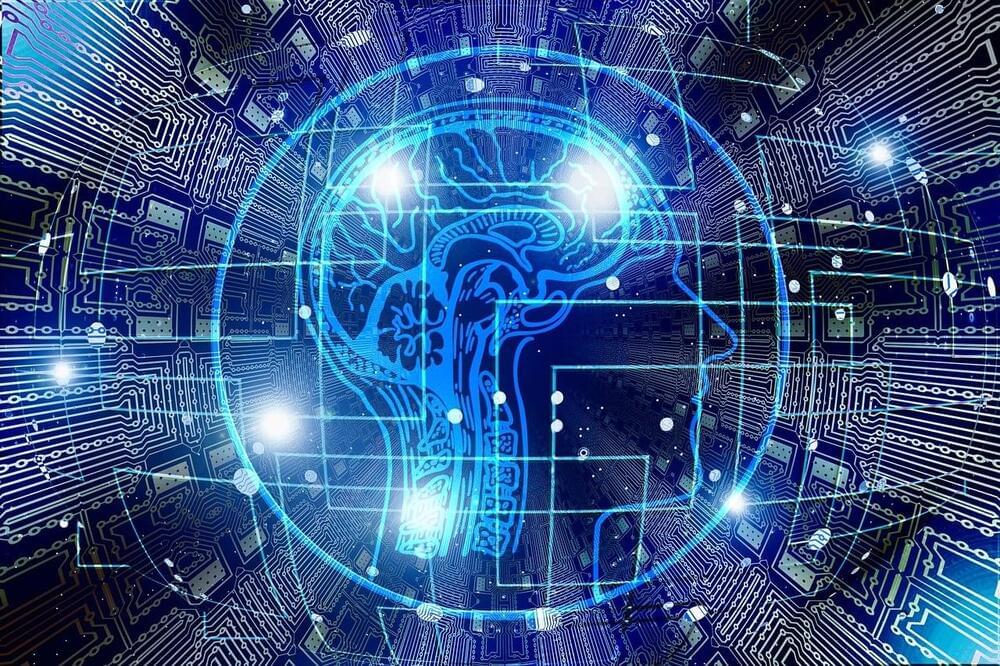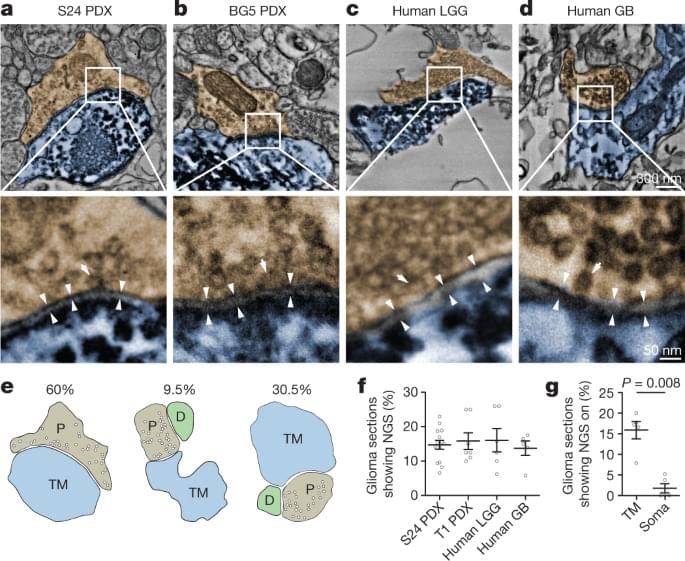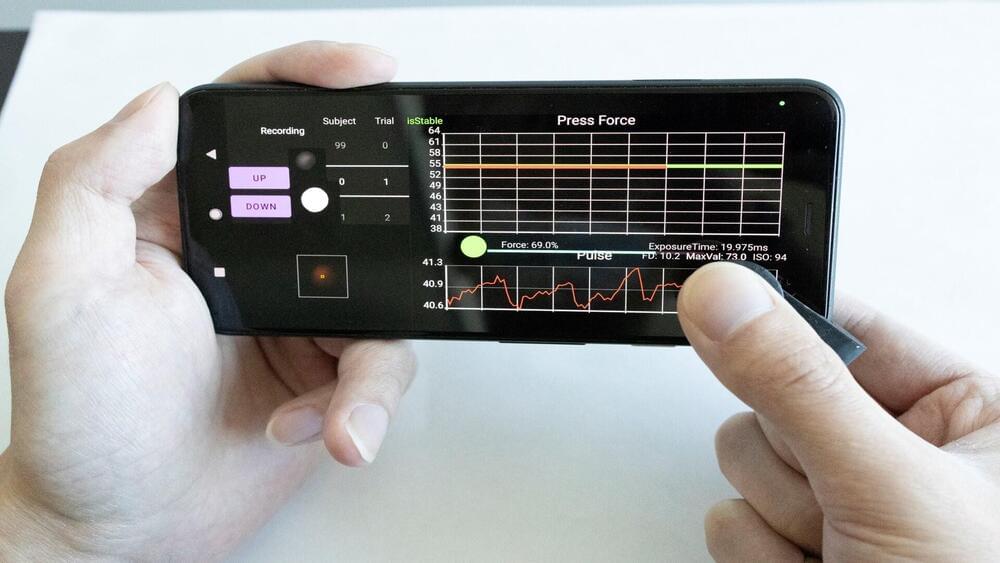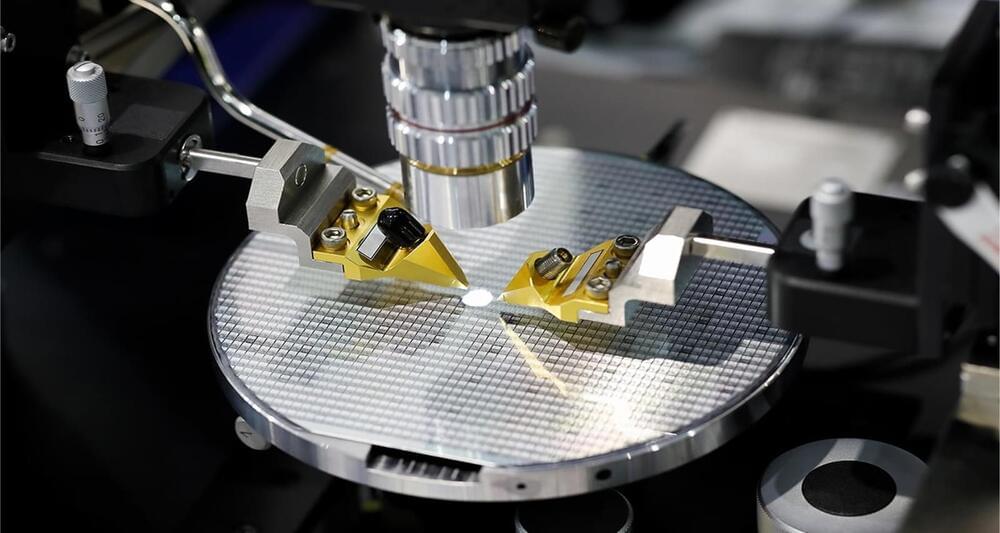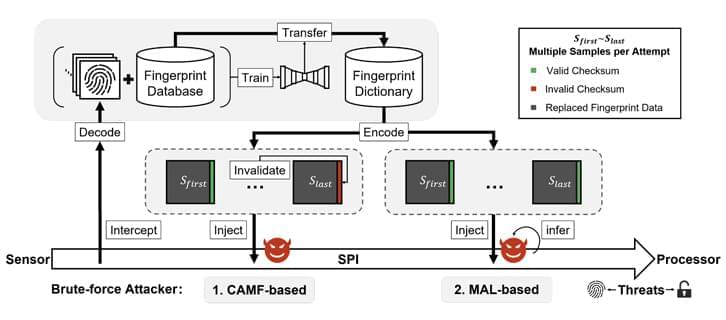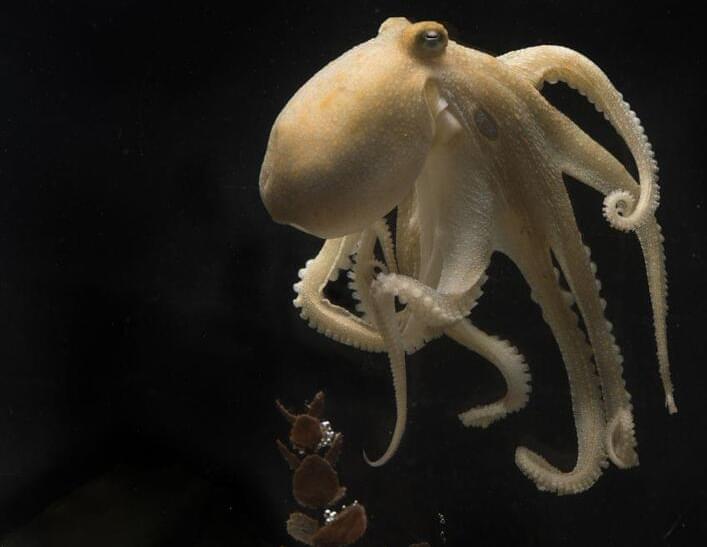This post is also available in:  עברית (Hebrew)
עברית (Hebrew)
How many times have you wished you could play back your dream on your computer or phone? With this new discovery, the technology might be closer than you think.
In a research published last week on the arXiv server, researchers at the National University of Singapore and the Chinese University of Hong Kong reported that they have developed a process capable of generating video from brain scans.
